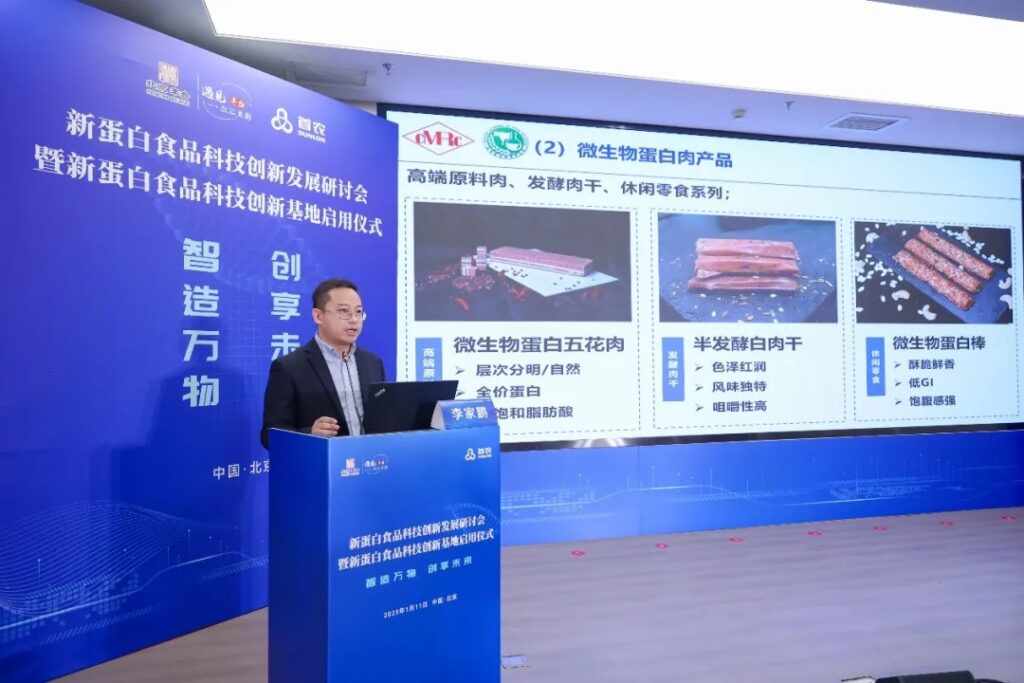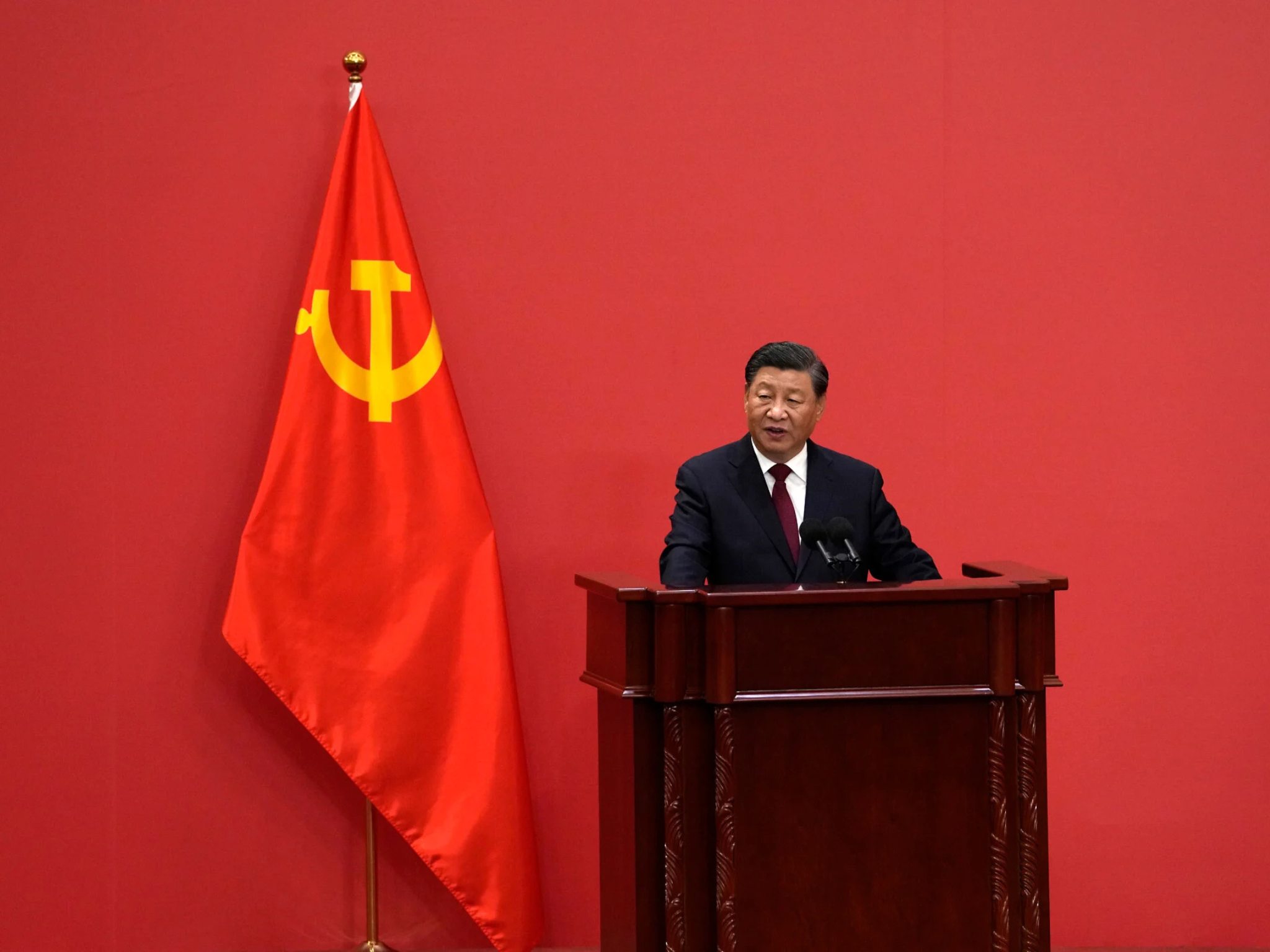Two Sessions: Why China is Betting on Alternative Proteins in Its Annual Political Summit
China’s annual Two Sessions summit is underway, and two documents released in the lead-up indicate drummed-up government support for alternative proteins.
As political leaders from across China convene at the annual Two Sessions summit, alternative proteins have received another significant boost in documents released ahead of the meetings.
Over 10 days, the Two Sessions – so named for the annual meetings of the National People’s Congress and the Chinese People’s Political Consultative Conference – will see decision-makers ratify legislation, review government work, and set an economic agenda for the forthcoming year.
Already the global leader in renewable energy, China has been expanding its support for alternative proteins like plant-based or cultivated meat, with experts suggesting that if the country wants to decarbonise, half of its protein consumption must come from alternative sources by 2060.
Leaders in the US have already highlighted fears of being overtaken by China’s biotech prowess. The government’s current five-year agriculture plan encourages research in cultivated meat and recombinant proteins, while the bioeconomy development plan aims to advance novel foods too. And President Xi Jinping has called for a Grand Food Vision that includes plant-based and microbial protein sources.

Building on this, one of the new documents is an official notice from the Ministry of Agriculture and Rural Affairs, which outlines key areas for national agricultural science and tech innovation through to 2028.
The second document came just over a week later. Dubbed the No. 1 Central Document, it is published every February as the year’s first policy statement released by the Central Committee of the Communist Party of China and the State Council.
According to alternative protein think tank the Good Food Institute (GFI) APAC, this is the single most influential document signposting what China considers its top policy goals for agriculture.
We spoke to Mirte Gosker, managing director of GFI APAC, to break down what the new documents mean for the alternative protein sector in China and the wider Asia-Pacific region.
This interview has been lightly edited for clarity and concision.
Green Queen: What did last year’s Two Sessions conference say about alternative proteins?
Mirte Gosker: Shortly before the kickoff of last year’s Two Sessions conference, China’s Ministry of Agriculture and Rural Affairs (MARA) convened the first meeting of its new Science and Technology Innovation Strategic Advisory Committee, which has been tasked with supercharging food innovation nationwide.
A few days later, National People’s Congress deputy Xiong Tao, who is also chairman of the publicly traded Angel Yeast Co., submitted a formal proposal to accelerate the development of microbial proteins – an emerging category that harnesses the power of fermentation to create everything from Quorn nuggets to animal-free dairy. His proposal is now under review at MARA.

GQ: What is GFI APAC’s take on the official notice issued by the Ministry of Agriculture and Rural Affairs?
MG: This can be interpreted as a blueprint from the highest ranks of China’s agricultural authorities about what they believe are top domestic priorities.
Among the priority areas identified were:
- “Agricultural processing and food manufacturing”, including “research on novel food resource development technology”, which the document says can “create a new generation of food to meet new scenarios and special needs”;
- “Agricultural product quality and safety”, including studies to assess the safety and nutritional efficacy of alternative proteins and other novel resources.
These explicit mentions of novel foods are expected to drive more R&D funding towards alternative proteins. Reading the full document in context, analysts anticipate a special emphasis on the development of technologies like microbiomics and AI, which can optimise food production processes, identify new protein formulations and raw materials, and reduce costs.
GQ: What does the No. 1 Central Document say about alternative proteins? What’s your take on this?
MG: Among this year’s goals outlined in the No. 1 Central Document is “building a diversified food supply system” including efforts “to cultivate and develop biological agriculture and explore novel food resources.”
(“Biological agriculture” in this context can be interpreted as agriculture enhanced by biotechnology, rather than conventional farming methods.)
The document’s authors specifically mention a need for “expanding food sources through multiple channels”, including fungal and algae-based protein extraction techniques used in the development of many plant-based and fermentation-derived products.
Additionally, the No. 1 Central Document calls for strengthening “supervision” of food safety and agricultural product quality – a step seen as important to establishing broad consumer trust and market adoption of new protein sources.
The fact that food safety was specifically referenced in both documents sends a clear message to national regulators: Now is the time to develop comprehensive approval frameworks that can enable emerging food categories to thrive.

GQ: How do you view China’s alternative protein ecosystem and the government’s support?
MG: As the world’s single largest meat market, China has huge incentives to transition towards smarter ways of satisfying soaring protein demand. Conventional methods are highly inefficient: feeding up to 100 calories of crops to a cow produces just one calorie of beef.
This squandering of resources also creates an uneasy dependence on the West, as millions of tonnes of soybeans and corn are imported to satisfy the demand for animal feed.
In other words, by mastering the art of making delicious and affordable protein from plants, microbes, and other novel sources, China can produce a whole lot more of it, while bolstering its self-sufficiency.
GQ: Do you expect any novel food approvals in the country this year?
MG: While there is currently no regulatory process through which Chinese companies can apply for the market approval of novel proteins like cultivated meat, representatives from the corresponding regulatory body, the China National Center for Food Safety Risk Assessment, have mentioned at recent conferences that they are paying close attention to international developments and working to create a robust framework for cultivated meat safety assessment.
In the meantime, the development of cultivated meat has continued to accelerate across the country. Last August, GFI APAC worked with Chinese partners to co-organise the first-ever China-Singapore scientific symposium, which brought together dozens of experts from academia, industry, and government.
At the closed-door event, Chinese and Singaporean scientists exchanged insights on techniques to scale up alternative meat industrialisation, including layering flavour pockets from cultivated animal cells into plant-based protein sheets to make hybrid products, and designing innovative bioreactors that reduce cultivated meat production costs by leveraging computer simulations to test for optimal growth conditions.
GQ: What makes you hopeful about the APAC future food system in 2025?

MG: Across Asia, countries are investing in R&D and manufacturing infrastructure that could thrust the alt protein sector into commercial viability – pulling from the proven playbook used to scale up solar energy and electric vehicles.
South Korea is expected to issue its first cultivated meat approvals this year, and Thailand is hot on its heels. China just opened its first alt-protein innovation centre in Beijing; Malaysia’s prime minister commissioned a cultivated-meat industry feasibility study; and GFI is leading efforts to coordinate regional regulatory frameworks, so that startups can simultaneously roll out products in multiple markets.
Just as renewables are central to satisfying soaring energy demand, there is enormous economic opportunity in producing protein more efficiently. As our planet warms, countries will need innovative ways to make more meat with fewer resources – and Asia is once again laying the groundwork to sell the world what it needs.



